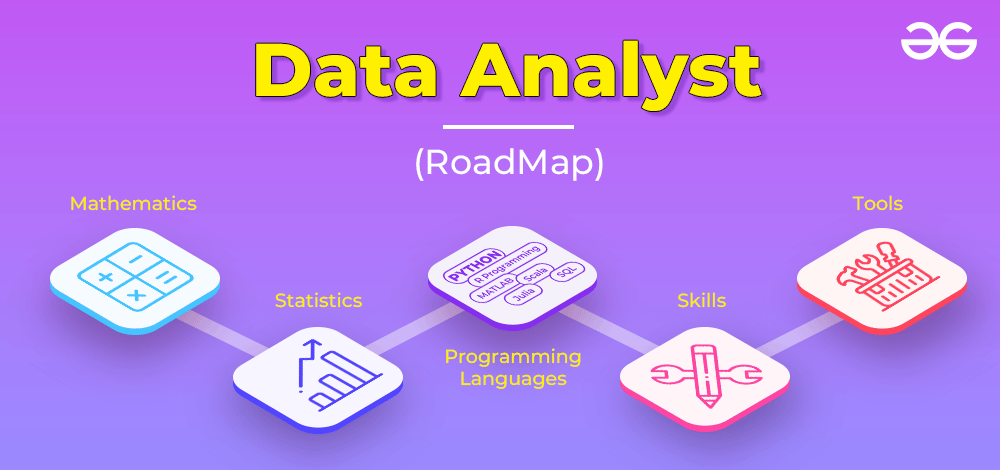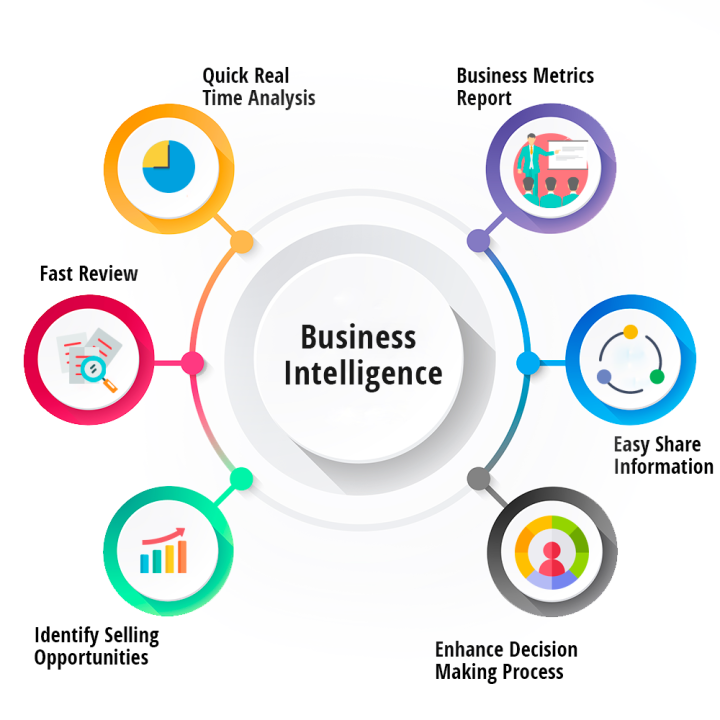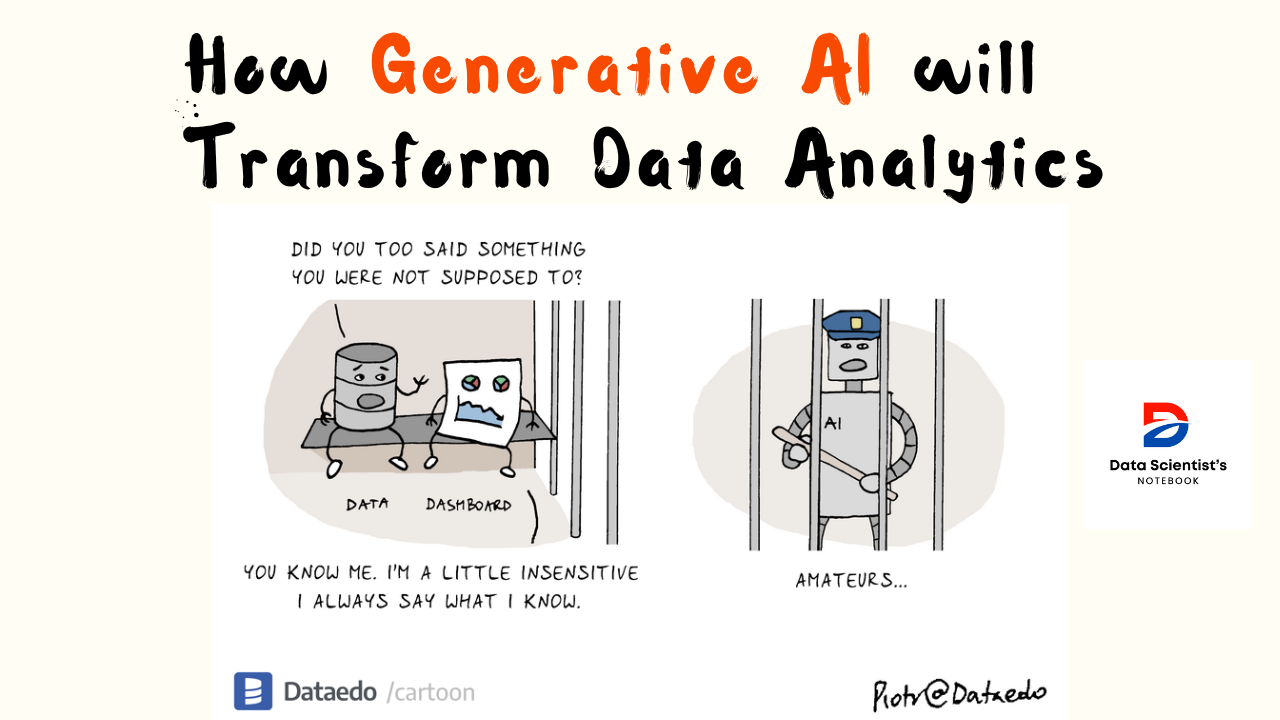From Queries to Strategy: What It Takes to Be a Data Analyst in 2025
- Jul 28, 2025
- Data Analytics
- 266 Views
By Varshhaa
It’s 2025, and the data analyst role is hotter than ever—but it’s also more demanding than ever. Companies aren’t just looking for someone who can pull a report or update a dashboard. They want analysts who can move at the speed of business, speak the language of stakeholders, and bring AI, code, and context together to drive smarter decisions.
So if you're applying for data analyst roles—or you're already in one and wondering what to learn next—this post is your cheat sheet for the skills, tools, and trends shaping the profession right now.
🚀 It’s Not Just “SQL + Excel” Anymore
Let’s start with the basics: Yes, SQL is still the #1 required skill. But the bar has moved far beyond knowing how to GROUP BY and JOIN.
Modern analysts are expected to be fluent in both SQL and Python, especially using modern data libraries like Polars, which is rapidly replacing Pandas thanks to its speed and efficiency with large datasets. You should be able to query millions of rows, manipulate them programmatically, and visualise results—often in seconds.
But querying data isn’t enough. Analysts are now also responsible for how that data is modeled. Tools like dbt (Data Build Tool) are becoming the industry standard for transformation and documentation. And companies are increasingly adopting semantic layers to define consistent, reusable metrics across teams—so understanding the logic behind data modeling is now part of the analyst’s job.
💡 Tip: Knowing how to explore data is good. Knowing how to structure it so everyone can explore it the same way? That’s next level.
🤖 AI Is Your Co-Worker Now—Use It
The biggest shift in data analytics in 2025? AI is now part of the workflow. From query generation to data cleaning to insight summarization, analysts are expected to work with AI to move faster and go deeper.
For example:
-
You might use ChatGPT or Power BI Copilot to generate your first draft of a SQL query.
-
Use Hex’s AI Notebooks to automatically describe a chart or suggest follow-up analysis.
-
Ask ThoughtSpot Sage to explain why churn spiked in Q2.
-
Let Tableau Pulse alert you when a KPI drops—and auto-suggest why.
Far from replacing analysts, AI is now a multiplier. It handles the repetitive stuff—leaving you free to do high-value thinking. But here’s the twist: Employers now expect this productivity. If you’re still writing every line of code manually, you’re moving too slow.
🔥 2025 Hiring Insight: The most competitive analysts are the ones who know how to prompt, how to verify AI output, and how to use it without becoming over-reliant.
🎨 Telling Stories, Not Just Building Dashboards
Here’s a big one: Dashboards alone don’t cut it anymore.
Yes, data visualization is still important. But employers are no longer looking for people who just publish monthly dashboards in Tableau or Power BI and call it a day. They want analysts who can craft a narrative, answer follow-up questions, and connect insights to business outcomes.
That means:
-
Writing executive summaries (with or without AI help)
-
Framing insights in the context of goals
-
Recommending actions, not just showing trends
Modern tools like Sigma, Hex, and Mode are designed for this kind of narrative analysis—letting you mix SQL, Python, text, and visualizations all in one collaborative environment. And tools like Notion AI, Jupyter AI, and even Slack-native dashboards let you share insights in the flow of work.
🧠 Bonus Skill: Treat storytelling like a core analytics skill. Data is only as good as its ability to influence decisions.
🧰 The New Analytics Toolkit (2025 Edition)
Here’s what employers are really looking for in job descriptions right now:
| Category | Tools & Skills |
|---|---|
| Core Analytics | SQL, Python, Polars, Excel |
| AI Copilots | ChatGPT, GitHub Copilot, Tableau Pulse, Hex AI |
| Data Modeling | dbt, semantic layers, metrics layers (Looker, Cube) |
| Cloud Stack | BigQuery, Snowflake, DuckDB, Redshift |
| Visualization | Power BI, Tableau, Sigma, Mode, Hex |
| Workflows | Git, Jupyter Notebooks, Confluence, Slack |
| Soft Skills | Communication, storytelling, critical thinking |
💼 How the Role Is Splitting: Analyst vs. Analytics Engineer
One of the biggest shifts in the job market? The traditional “data analyst” role is now splitting into two overlapping tracks:
-
Data Analyst:
Focuses on business questions, metrics tracking, and communicating insights. -
Analytics Engineer:
Builds robust data pipelines and models using dbt, handles testing, CI/CD, and owns the semantic layer.
Some companies hire one person to do both. Others split it by skill level or department. But increasingly, analysts who can bridge both roles—by understanding the data pipeline and interpreting the results—are in high demand.
🚀 Career Tip: If you're already strong in analysis, learning dbt and Git can help you step up into higher-paying analytics engineer roles.
💬 Final Thoughts: From Report Generator to Decision Enabler
The role of the data analyst in 2025 is far more strategic than it used to be. You're not just there to answer questions—you're helping ask better ones. You're not just showing trends—you're helping leaders act on them. You're not just formatting spreadsheets—you're building systems that inform entire teams.
If you're starting or growing your career as a data analyst:
-
Embrace AI as a teammate, not a threat.
-
Learn tools that help you work faster and smarter.
-
Focus on the “so what” behind every chart.
The analysts who will thrive in 2025 are the ones who don’t just know how to use data—they know how to make it matter.






